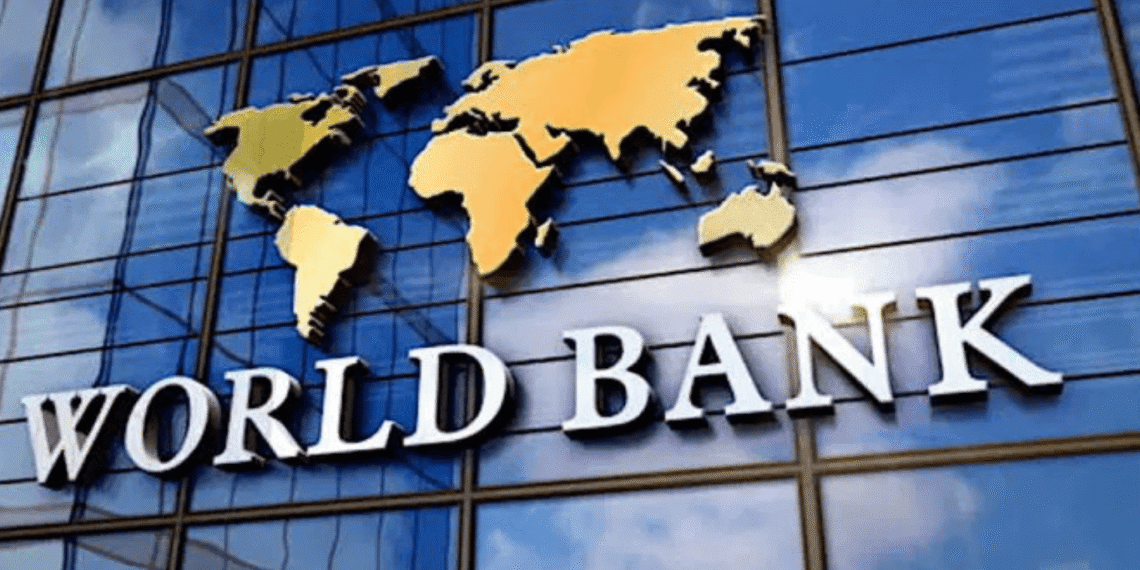According to World Bank projections, Nigeria’s poverty rate would rise by three percentage points during the next five years, ending in 2027.
This prediction was made by the World Bank in its Africa Pulse report, which was made public during the ongoing IMF and World Bank Spring Meetings in Washington, DC.
According to the report and other data, poverty in Nigeria is expected to worsen due to underlying issues with resource dependence and fragility, which calls for targeted and efficient governance reforms as well as inclusive economic policies, even though economic activity has shown some encouraging signs.
Although Nigeria’s economy grew faster than anticipated in the last quarter of 2024, especially in its non-oil sector, the research pointed out that because Nigeria is a resource-rich and vulnerable country, its prospects for reducing poverty are worrisome.
The only group in Sub-Saharan Africa with a projected increase in poverty is resource-rich, fragile nations like Nigeria, whose poverty rates are predicted to grow by 3.6 percentage points between 2022 and 2027, according to the research.
The report stated, “Sub-Saharan Africa has the highest extreme poverty rate globally, and a large share of the poor is concentrated in a few countries. About 80 per cent of the world’s estimated 695 million extreme poor resided in Sub-Saharan Africa in 2024, compared to 8 per cent in South Asia, 2 per cent in East Asia and the Pacific, 5 per cent in the Middle East and North Africa, and 3 per cent in Latin America and the Caribbean.
”Within Sub-Saharan Africa, half of the 560 million extreme poor in 2024 resided in four countries. Non-resource-rich countries are expected to continue reducing poverty faster than resource-rich countries. “Thanks to higher prices of agricultural commodities, non-resource-rich countries will see higher growth overall, despite fiscal pressures. Conversely, resource-rich countries are not expected to grow at the same rate given decelerating oil prices. As a result, resource-rich countries are expected to see less progress in terms of poverty reduction.”
Crucially, poverty in resource-rich, fragile nations—which include big nations like Nigeria and the Democratic Republic of the Congo—is predicted to rise by 3.6 percentage points between 2022 and 2027, making them the only group in the region where poverty rates are rising.
“This follows a well-established pattern: resource wealth combined with fragility or conflict is associated with the highest poverty rates—an average poverty rate of 46 per cent in 2024, 13 percentage points above non-fragile, resource-rich countries.
“Meanwhile, non-resource-rich, non-fragile countries saw the biggest gains in poverty reduction since 2000 and fully closed the gap in poverty with other non-resource-rich countries by 2010.”
Accordingly, the report contends that strengthening the fiscal contract with citizens and enhancing fiscal management are essential for resource-rich nations like Nigeria.









